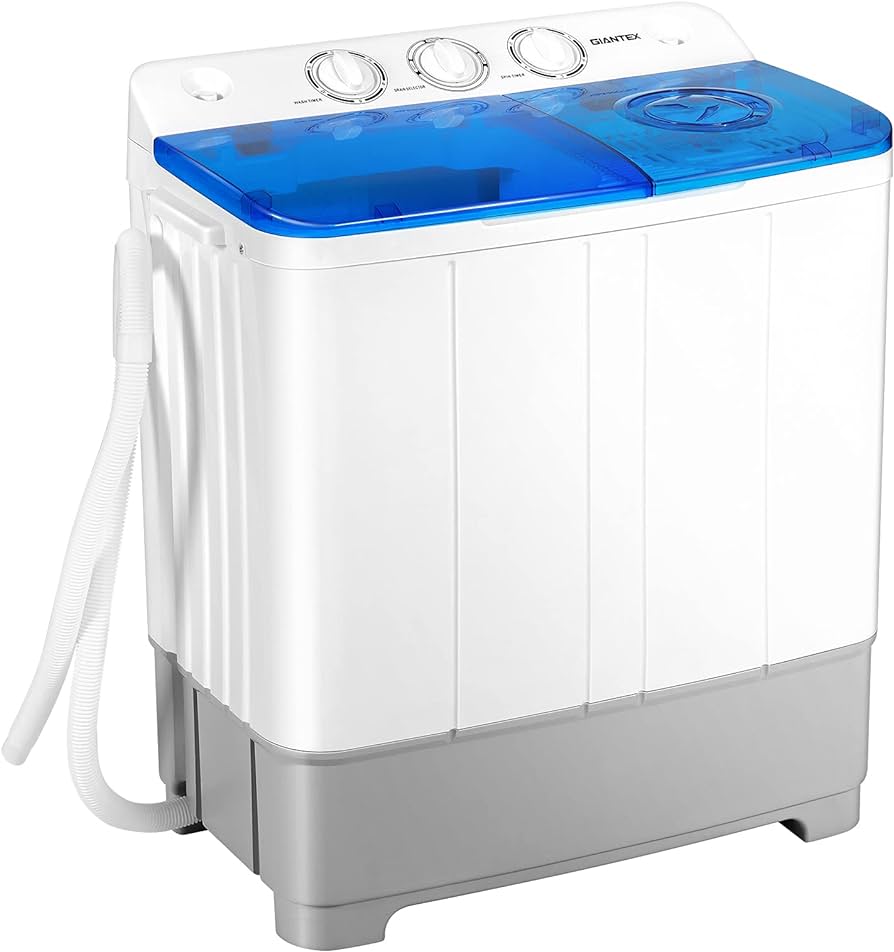Introduction
Discovering black mold in your washing machine can be a concerning and unpleasant situation. Black mold, also known as Stachybotrys chartarum, thrives in damp and poorly ventilated environments, making washing machines susceptible to its growth. To ensure a clean and safe laundry environment, it is essential to take immediate action to remove black mold from the washing machine. In this guide, we will explore effective methods for getting rid of black mold, discussing step-by-step procedures, cleaning solutions, preventive measures, and safety considerations. By following these specific instructions, you can successfully eliminate black mold and maintain a healthy washing machine.

How do I get rid of black mold in my washing machine?
Preparation and Safety Measures
1.1. Ventilation and Protective Gear
Before starting the mold removal process, ensure the laundry area is well-ventilated by opening windows or using fans. It is also crucial to wear protective gear, including gloves, a mask, and protective eyewear, to minimize direct contact with mold spores and potential health risks.
1.2. Disconnecting the Machine
To safely clean the washing machine, disconnect it from the power source by unplugging it or turning off the circuit breaker.
Inspection and Identification
2.1. Visual Examination
Thoroughly inspect the interior of the washing machine, including the drum, gaskets, seals, detergent dispensers, and other areas prone to moisture. Look for visible signs of black mold, such as dark spots, discoloration, or a musty odor.
2.2. Identification of Mold Severity
Assess the severity of the mold growth. If the mold is limited to a small area, such as on the detergent dispenser or gasket, it may be manageable for DIY removal. However, extensive mold growth or mold that has spread to multiple areas may require professional assistance.
Removing Mold from the Washing Machine
3.1. Diluted Bleach Solution
Prepare a diluted bleach solution by mixing 1 cup of bleach with 1 gallon of water. Bleach is an effective disinfectant that kills mold spores and helps remove stubborn mold stains.
3.2. Wiping Down Surfaces
Using gloves and a sponge or cloth, dip it in the bleach solution and thoroughly wipe down the affected surfaces, including the drum, gaskets, and detergent dispensers. Pay close attention to areas with visible mold growth or staining.
3.3. Scrubbing and Agitating
For stubborn mold stains, use a soft-bristle brush or an old toothbrush to scrub the affected surfaces more vigorously. This will help dislodge any mold spores or residue that may be deeply embedded.
3.4. Soaking Removable Parts
If possible, remove any removable parts, such as the detergent drawer or lint filter, and soak them in the bleach solution for approximately 15 minutes. This will help ensure thorough cleaning and disinfection of these components.
3.5. Rinse and Wipe Dry
After cleaning, rinse all surfaces and removable parts with clean water to remove any residual bleach. Use a clean cloth or towel to thoroughly wipe down the inside of the washing machine, gaskets, and other surfaces. Leave the door and detergent drawer open to allow for proper drying and ventilation.
Preventive Measures and Maintenance
4.1. Regular Cleaning Routine
Establish a regular cleaning routine for your washing machine to prevent the recurrence of black mold. Wipe down the interior regularly, remove any visible mold or mildew promptly, and keep the machine well-ventilated.
4.2. Proper Drying
After each laundry cycle, promptly remove washed clothes from the machine to prevent moisture buildup and mold growth. Leave the door and detergent drawer open between washes to allow for proper airflow and drying.
4.3. Regular Inspection
Regularly inspect the washing machine for any signs of mold, such as a musty odor or discoloration. Address any mold issues promptly to prevent further growth and potential health risks.
4.4. Routine Maintenance
Follow the manufacturer’s instructions for routine maintenance of the washing machine. This may include cleaning the detergent drawer, filter, and other components as recommended. Regular maintenance helps ensure the optimal performance of the machine and reduces the risk of mold growth.
Alternative Mold Removal Methods
5.1. Vinegar Solution
If you prefer a natural alternative to bleach, you can use a vinegar solution for mold removal. Mix equal parts white vinegar and water and follow the same cleaning process as described above. Vinegar is a mild acid that can help kill mold spores and remove stains.
5.2. Commercial Mold Cleaners
There are various commercial mold cleaners available on the market. Follow the instructions provided by the manufacturer for proper usage. Be sure to choose a product specifically designed for use in washing machines and follow safety precautions.
Professional Assistance
6.1. Extensive Mold Growth
If the black mold growth in your washing machine is extensive or widespread, or if you are unsure about handling the mold yourself, it is advisable to seek professional assistance. Mold remediation specialists have the expertise and tools to effectively remove mold and ensure thorough cleaning and disinfection.
6.2. Persistent Mold Issues
If black mold continues to recur despite your efforts, it may indicate underlying issues with the washing machine or the laundry environment. In such cases, consult a professional to assess the situation, identify potential sources of moisture, and provide appropriate recommendations.
Conclusion
Removing black mold from the washing machine requires thorough cleaning and disinfection. By following the steps outlined above, including preparing a diluted bleach solution, wiping down all surfaces, soaking removable parts, rinsing, and drying, you can effectively eliminate black mold and prevent its recurrence. It is crucial to establish regular cleaning routines, maintain proper ventilation, and promptly address any signs of mold growth. By taking proactive measures, you can maintain a healthy and mold-free washing machine, ensuring clean and safe laundry for you and your family.

